Sofia Backlund (she/her)
sofiamaria.backlund@ist.ac.at
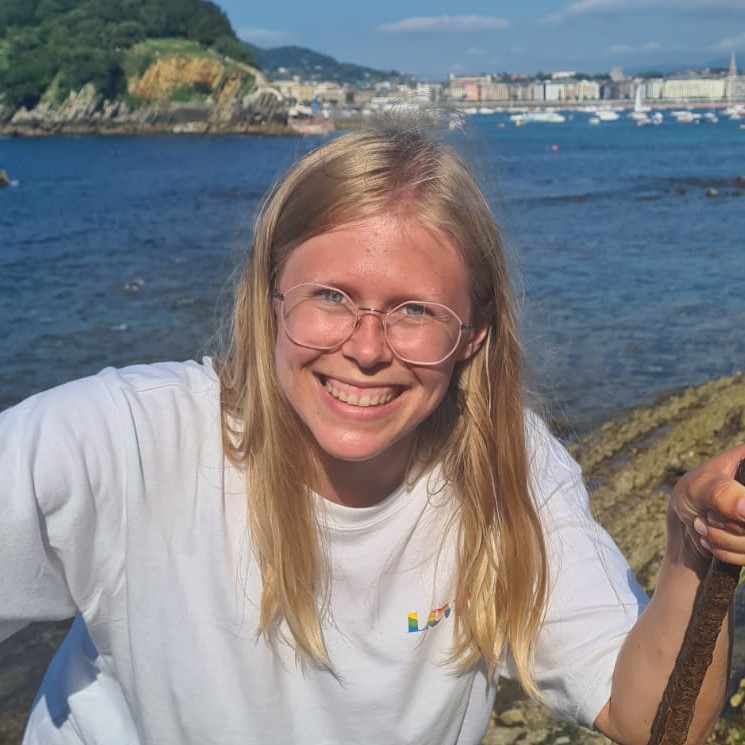
I joined the group in 2023 with a background in biomathematics. My interest is in spatial population genetics, in particular in the effect of different heterogeneities in both space and time on identity by descent. This involves questions about the effect of heterogeneous population density and the effect of a seed bank. In my work, I combine theory, simulations and data, as well as some fieldwork. My goal is to work on the interface between ecology and evolution, looking at the effects of certain ecological processes on evolutionary timescales.
Céline Camila Coraly Bräutigam (she/her)
camila.braeutigam@ist.ac.at 
I joined the Barton group in 2022 as a PhD student under the co-supervision of Gasper Tkacik. I am interested in the evolution of gene regulatory systems. Using theoretical frameworks, I am trying to compare the efficiency of adaptation under different genomic encodings of regulatory information.
On a small scale, this encompasses the evolution of single transcription factor binding sites based on biophysical binding models. I study possible mechanisms and parameters of transcription factors that speed up the evolution of new binding sites. On a large scale, the interaction of many transcription factors and many binding sites across the genome will shape the adaptive landscape of complex polygenic traits. I aim to understand better how features of transcriptional regulatory architecture influence the efficiency of polygenic adaptation.
Diego Garcia Castillo (he/him)
diegofernando.garciacastillo@ist.ac.at

In my doctoral research, I am investigating the genetic basis of local adaptation in the marine snail Littorina saxatilis. I am using anthropogenically introduced populations of L. saxatilis to explore the genetic mechanisms underlying short-term population adaptation to the local environment. My research seeks to address fundamental questions, such as the distribution of adaptive variation in the genome, the role of a few versus many loci in adaptation, the contributions of different types of genetic variants, and the impact of standing genetic variation and migration.
Kseniia Khudiakova (she/her)
kseniia.khudiakova@ist.ac.at
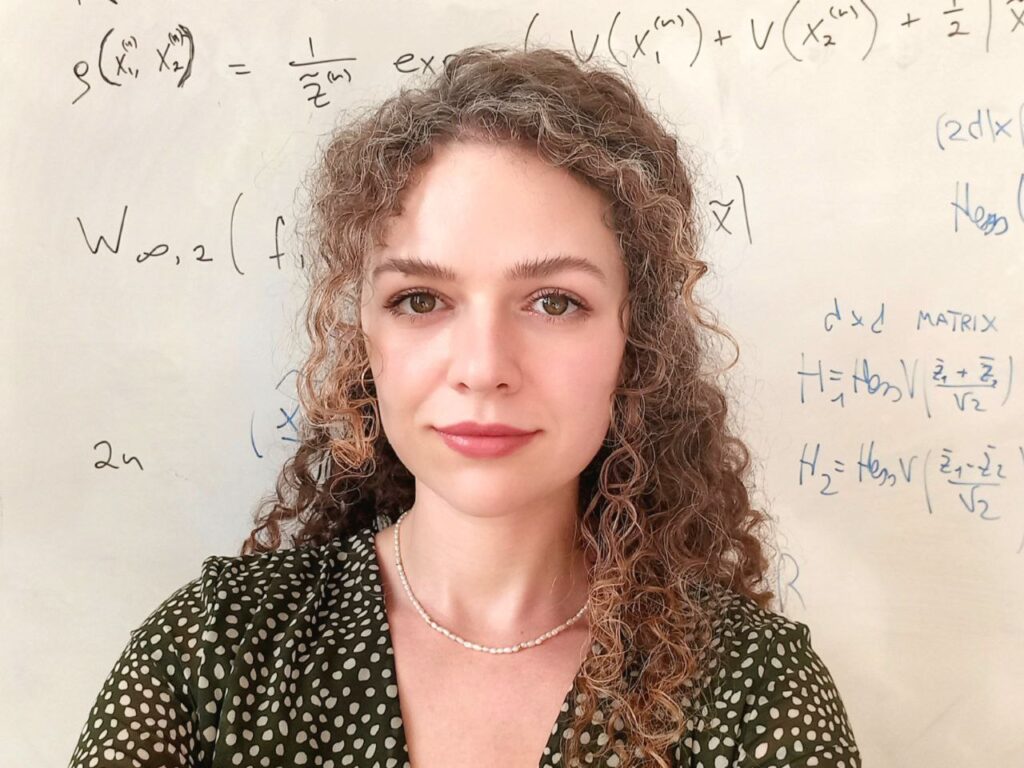
I entered the grad school in September 2019. I work on a broad range of theoretical problems in population genetics. Broadly speaking, I am interested in what can reduce the efficiency of selection against deleterious mutations. Central to my research are the effects of epistatic interactions and the role of randomness. Being a biologist by training, I enjoy discussing evolution with mathematicians, so I have collaborations with several mathematical groups. I am also co-affiliated with the Maas group (they do stochastic analysis).
The topics of my ongoing projects include:
– drift load in a geographically structured population (joint work with Oluwafunmilola Olusanya and Himani Sachdeva),
– genealogies in a population undergoing Muller’s ratchet (joint work with Julie Tourniaire and Florin Boenkost, both are at the University of Vienna),
– maintenance of polymorphism through sign epistasis with a locus under NFDS (joint work with Goran Arnquist, Uppsala University),
– ergodicity of the multi-dimensional infinitesimal model with stabilizing selection (joint work with Jan Maas and Francesco Pedrotti).
Here is my personal website: kseniakhudiakova.com
Google Scholar
Hila Lifchitz (she/her)
hila.lifchitz@ist.ac.at
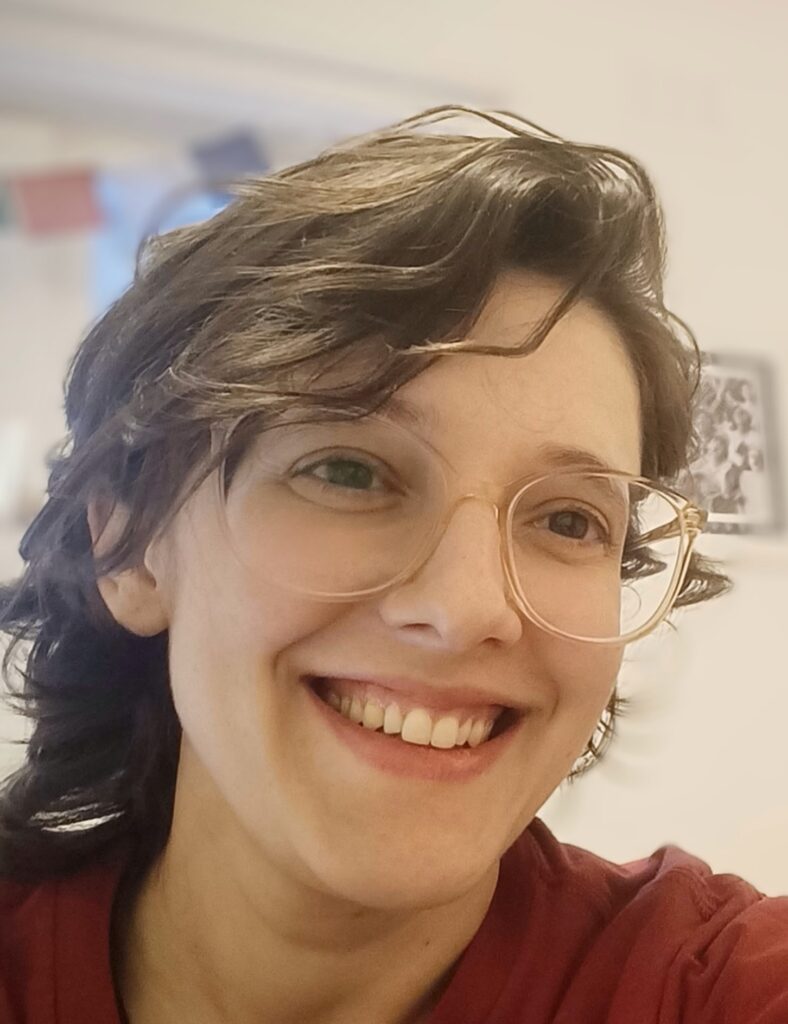
I joined the Barton group in 2023. My background is in pure mathematics, so I take a more formal approach in asking how can we distinguish signals of selection from background “noise” resulting from intricate population structure. More specifically, I aspire to develop a theoretical framework that incorporates linkage into Fisher’s infinitesimal model. For instance, if we could aptly characterize an expected distribution of segments of a foreign chromosome with a selective advantage as it diffuses in a homogeneous population over time, how would linkage become apparent? How might selection impact the locations and sizes of the remaining foreign segments?
I am co-affiliated with the Maas stochastic analysis group.
Stepan Ovchinnikov
stepan.ovchinnikov@ist.ac.at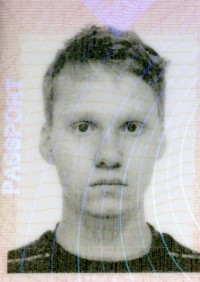
Evgeniya Pravdolyubova
evgeniya.pravdolyubova@ist.ac.at
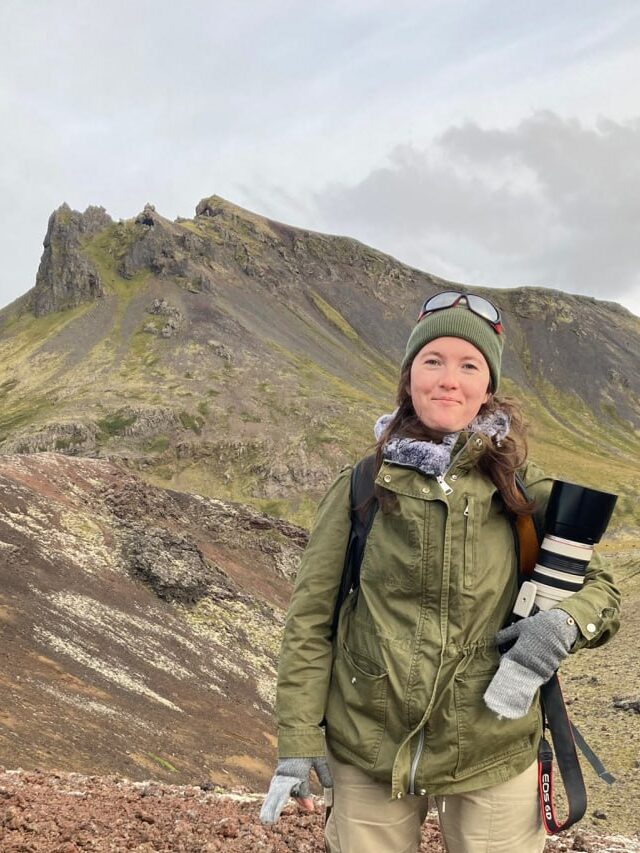
I joined the group in 2023 as PhD student to explore the self-incompatibility in snapdragons. This is an example of gametophytic non-self-recognition system, when a haploid pollen tube must detoxify 2 RNAses of a diploid pistil. Homologous systems are known across different dicots. They require tight linkage, and the genes for toxins and antitoxins are located in a region with suppressed recombination, known as the S-locus.
In Antirrhinum, the S-locus is especially complex, and each self-incompatibility haplotype carries approximately 30 antitoxins (F-box proteins). The diversity of S-RNAses is not yet fully described, and we do not yet know the total number of S-alleles, though it is clear there are many. I combine experimental and bioinformatics approaches to fill those knowledge gaps and to understand why and how such allelic diversity emerged. I’m also interested in how balancing selection acts, given the spatial structure of snapdragon populations and the limits for pollen and seed dispersal.
Arka Pal (he/him)
arka.pal@ist.ac.at 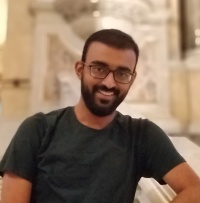
I am a PhD student in the Barton Group, interested in evolutionary and statistical genomics. All individuals in a population are related to each other through underlying genealogical relationships, which can be summarised through an ancestral recombination graph (ARG) that tracks every coalescence and recombination event in the population’s past. In theory, all information of biological importance is contained within this ARG, but in practice, it is difficult to ever know the real ARG. However, latest developments in the field of genomics enable us to infer realistic genealogies in a population. In my thesis, I use whole genome sequences of a large sample of hybridising Antirrhinum plants to understand the history of selective sweeps and other evolutionary processes by inferring their underlying genealogies.
Parvathy Surendranadh (she/her)
parvathy.surendranadh@ist.ac.at

I am broadly interested in studying adaptation and speciation in natural populations whilst integrating the effects of spatial heterogeneity in structuring genetic variation. I primarily work on a long-term dataset from the natural population of Antirrhinum majus in the Spanish Pyrenees, involving a hybrid zone between the yellow and magenta coloured flowers. I am interested in understanding how clines are maintained and how selection at multiple loci affects linked neutral genetic diversity by generating genetic barriers to gene flow. Additionally, I also look at how assortative mating and sexual selection maintains local adaptation and generates polygenic barriers to gene flow in magic traits influenced by large number of small effect loci, both analytically and using simulations.
Anastasiya Tsyhanova
anastasiya.tsyhanova@ist.ac.at 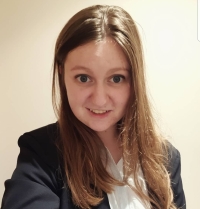
I joined the Barton and Robinson groups in 2021 as a co-affiliated PhD student. Coming from a finance background, I became interested in evolutionary and statistical genomics after writing my honours thesis on the Wright-Fisher diffusion. In my PhD studies, I am broadly interested in how we can employ the information about the genealogical relations between individuals contained in the ancestral recombination graph for joint inference in humans. In particular, I aim to find ways to utilise haplotype structure obtained from the inferred genealogies in large-scale genome-wide association studies.